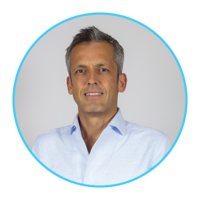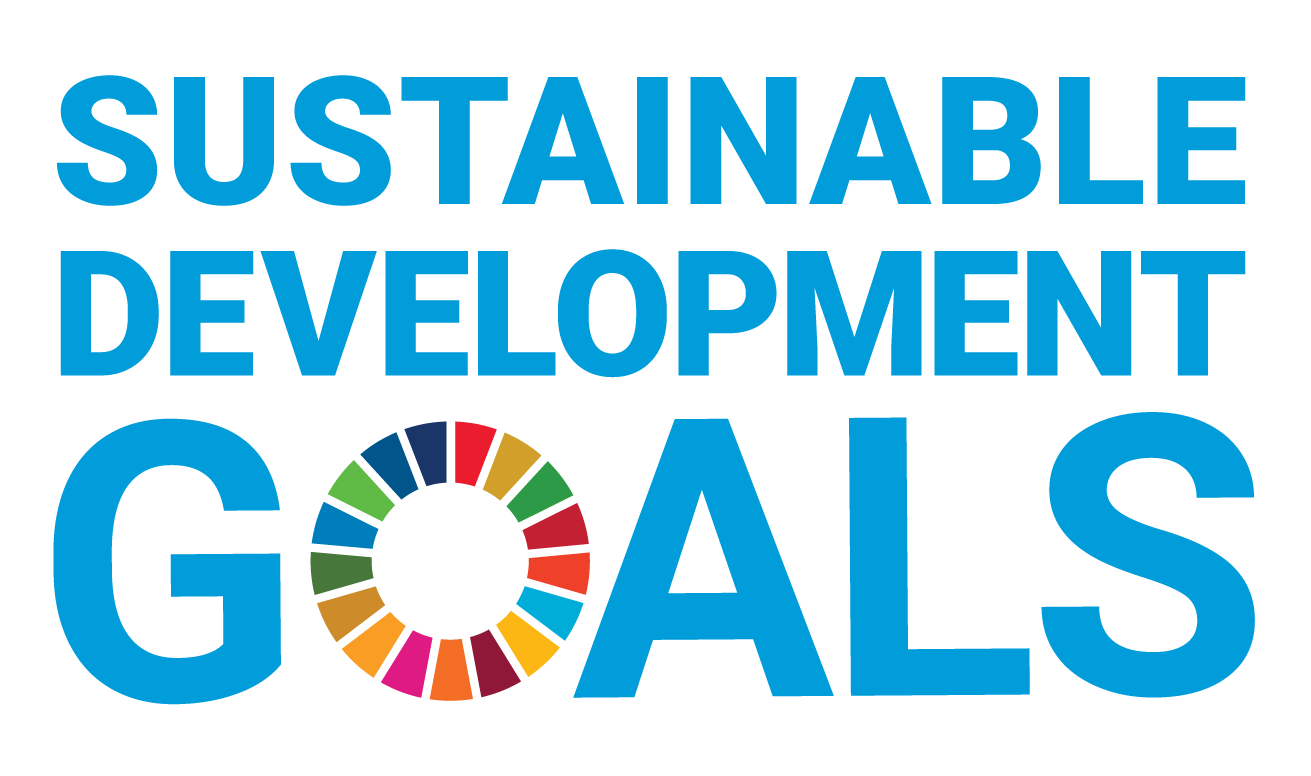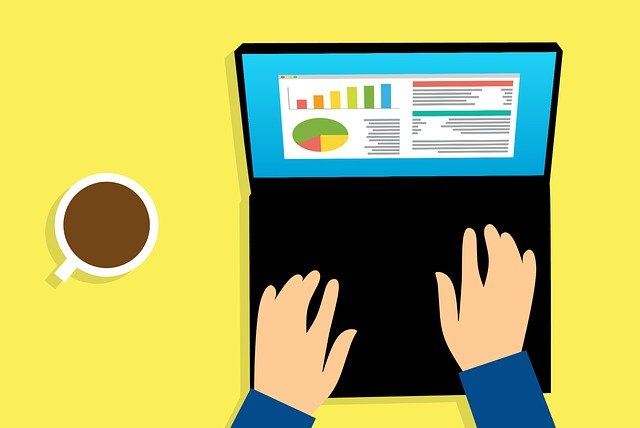
In this interview with Kees Ramselaar, who started the Math4Good initiative, we delve into how this program began, goals for the coming year, and aspirations for the future of the organization. If you are interested in getting involved or learning more about Math4Good, reach out to [email protected].
It feels like the idea for Math4Good has been percolating for a long time. A few things happened recently that helped this initiative gather momentum. A few years ago, we reexamined the AIMMS purpose – why we do what we do. Using mathematical optimization to help people make better decisions for a more sustainable world had a lot of energy internally. This started conversations about what we, as a company, can do to address sustainability and societal challenges. In addition, we have also seen our customers increasingly use our technology to support their own sustainability efforts, as well as our partner and academic community using AIMMS for non-profit causes.
Our goal is to make a significant contribution to the resolution of global sustainability challenges using math modeling and optimization. We do this by empowering NGO’s with our technology to achieve their goals in the context of the United Nations Sustainable Development Goals (SDG’s). The AIMMS-based Math4Good platform provides a public app store with solutions that help people and organizations visualize their challenges, explore objectives, create scenarios, and support fact-based decision making. Application users get upfront clarity on the potential impact on the SDG’s, as well as the flipside, the sacrifices that need to be made.
and optimization. We do this by empowering NGO’s with our technology to achieve their goals in the context of the United Nations Sustainable Development Goals (SDG’s). The AIMMS-based Math4Good platform provides a public app store with solutions that help people and organizations visualize their challenges, explore objectives, create scenarios, and support fact-based decision making. Application users get upfront clarity on the potential impact on the SDG’s, as well as the flipside, the sacrifices that need to be made.
“Our goal is to make a significant contribution to the resolution of global sustainability challenges using math modeling and optimization.”
We believe that mathematical modeling and optimization help bring discussions to a higher level. It provides transparency and reduces uncertainty around implications of different possible courses of action. This data-driven, analytical approach has the potential to take politics out of policy development. It brings more visibility and trust to the decision-making process. We have seen this work in large enterprises for decades.
To make progress on SDG’s, we should argue less about facts and have deeper conversations about our objectives. In the end, it is about the choices we make, what we grant to whom, and also what we need to give up to get there. Math4Good wants to put these capabilities in the hands of the people on the front lines making these types of decisions. Especially because resources are limited and different interests need to be considered.
Mathematical modeling is of great value in situations where many aspects need to be quantified, many different constraints should be considered and where tradeoffs need to be made between competing objectives to get to an optimal balance. These models can be the proverbial campfire where decisionmakers and deviating interests see the light and unite. In real life, I see roughly two avenues of opportunity:
 allocated to the ultimate beneficiary – the people that need help, or a purpose such as reforestation or biodiversity.
allocated to the ultimate beneficiary – the people that need help, or a purpose such as reforestation or biodiversity.There are other great initiatives in the space that promote analytics and OR methods ‘for good’. I believe the unique contribution of Math4Good is in its ability to deliver this capability quickly and efficiently to empower people in the field.
Things are going well. The word is out about Math4Good. We are getting favorable reactions and interest from our customers, partners, and the broader analytics community. It’s great to have people reach out to us about getting involved. Earlier this year, we were excited to roll out a new application that supports COVID vaccination and booster planning programs. It makes planning and allocation much faster and easier. This solution has a clear connection with the Global Health and Wellbeing SDG. This vaccination app generated a good amount of interest and gave us the opportunity to test the concept.
We are also in discussions with other experts to distribute a solution that could help cities and communities deal with the current refugee crisis in Europe in a balanced, humanitarian way. And there are many more ideas around education, employee diversity, reforestation, hunger, and energy transition where mathematical optimization can contribute.
By the end of this year, we would like to see at least five environmental or societal use cases supported with a productized solution available on the Math4Good app store. These solutions will likely be delivered with the help from our implementation partners who bring a lot of experience and already have completed projects within the domain.
For the long-term success of Math4Good, it’s important that we grow our community of individuals with optimization modeling, data science, UX and project management skills to support the effort and deliver content at speed and where it is needed. Therefore, we’re also looking to start a model development platform and repository where experts across the globe can collaborate, develop, share, or deliver meaningful end-user solutions. This is still in the works. We have already seen the energy flow when mathematicians discuss the anatomy of an SDG related challenge. It’s very powerful! We will also need partners to help organize product launches, content creation, communication, and operations. In 3-5 years, I would like to see a strong, global community supporting the Math4Good app store populated with applications that assist non-profits drive impact in the context of sustainability. Ultimately, we envision something like a global response team. Picture something along the lines of “Mathematicians Without Borders” with AIMMS as their first aid kit.
modeling, data science, UX and project management skills to support the effort and deliver content at speed and where it is needed. Therefore, we’re also looking to start a model development platform and repository where experts across the globe can collaborate, develop, share, or deliver meaningful end-user solutions. This is still in the works. We have already seen the energy flow when mathematicians discuss the anatomy of an SDG related challenge. It’s very powerful! We will also need partners to help organize product launches, content creation, communication, and operations. In 3-5 years, I would like to see a strong, global community supporting the Math4Good app store populated with applications that assist non-profits drive impact in the context of sustainability. Ultimately, we envision something like a global response team. Picture something along the lines of “Mathematicians Without Borders” with AIMMS as their first aid kit.
If you are a non-profit organization who is interested in getting access to Math4Good applications, please reach out at [email protected] or learn more about us here.